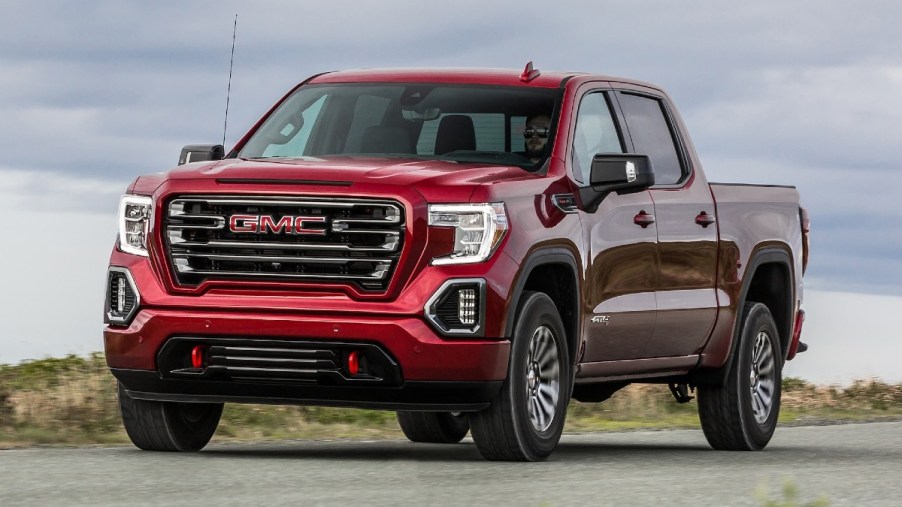
First Diesel Pickup? You Need To Know These Things Before Buying
The difference between gasoline and diesel engines is about more than the fuel they use. Diesel engines do a lot of things better than gas engines, but getting there tends to create more emissions, which the industry has done a good job to mitigate. One of the biggest benefits of a diesel engine is the amount of stump-pulling torque they produce. But there’s a lot more.

Diesel engines are better for pulling than going fast, though they can do that too. Part of the reason they’re good for pulling heavy loads is that they don’t have spark plugs. Instead, the much higher compression of the heated fuel mixture creates combustion. And diesel fuel’s energy density gives more bang for the buck.
With combustion, the power generated comes on faster. Adding turbocharging adds still more pop to combustion. Though the application of turbos aids gasoline engines in a similar fashion, this works better for attaining higher speeds. And lower RPMs are necessary to get things moving, another aid in more responsive power.

That high-density advantage also helps with mileage figures relative to gasoline. According to the U.S. Department of Energy, diesel engines get 30 to 35 percent better mileage than their gasoline counterparts. But some of the efforts to make cleaner combustion have also meant higher diesel costs.
Part of diesel fuel’s increased emissions is from sulfur in the mixture. So low-sulfur techniques have meant cleaner diesel. But it adds to the cost of refining it. Added to that is an added federal tax on diesel fuel. Combined, it has raised prices on average by 30 to 35 percent.

Then there is diesel fluid or DEF. It is a combination of urea and water, which turns some portions of emissions into nitrogen and water. This is now found in every diesel application starting in 2010. It usually gets replaced at 5,000-mile intervals. A light on the dash should alert you.
But you won’t get far without it. A truck’s computer monitors the time after it needs replacement. If that period goes too long it will start restricting a truck’s speed.
While a gas engine’s compression can aid in slowing down, it is nothing compared to diesel exhaust braking. The engine’s valves turn into air compressors to drop power. It can act as an auxiliary brake requiring less need for a conventional brake, though you’ll still need that too.

The main thing you must do as a diesel truck owner is following the manufacturer’s maintenance guidelines. Clogged fuel filters can be an issue according to Dieseldoctor. Though there will be a warning light when it’s time to replace it, some owners religiously replace it many miles before it is due. Another tip is to make sure you run your engine at least once a month to keep the juices flowing and avoid a clogged fuel filter.
And because diesel engines consume oil as part of their operation, keep an eye on their oil levels. Just wait 30 minutes for it to cool down, make sure it is on level ground, and check. Lubricating oil is the lifeblood of your engine.



